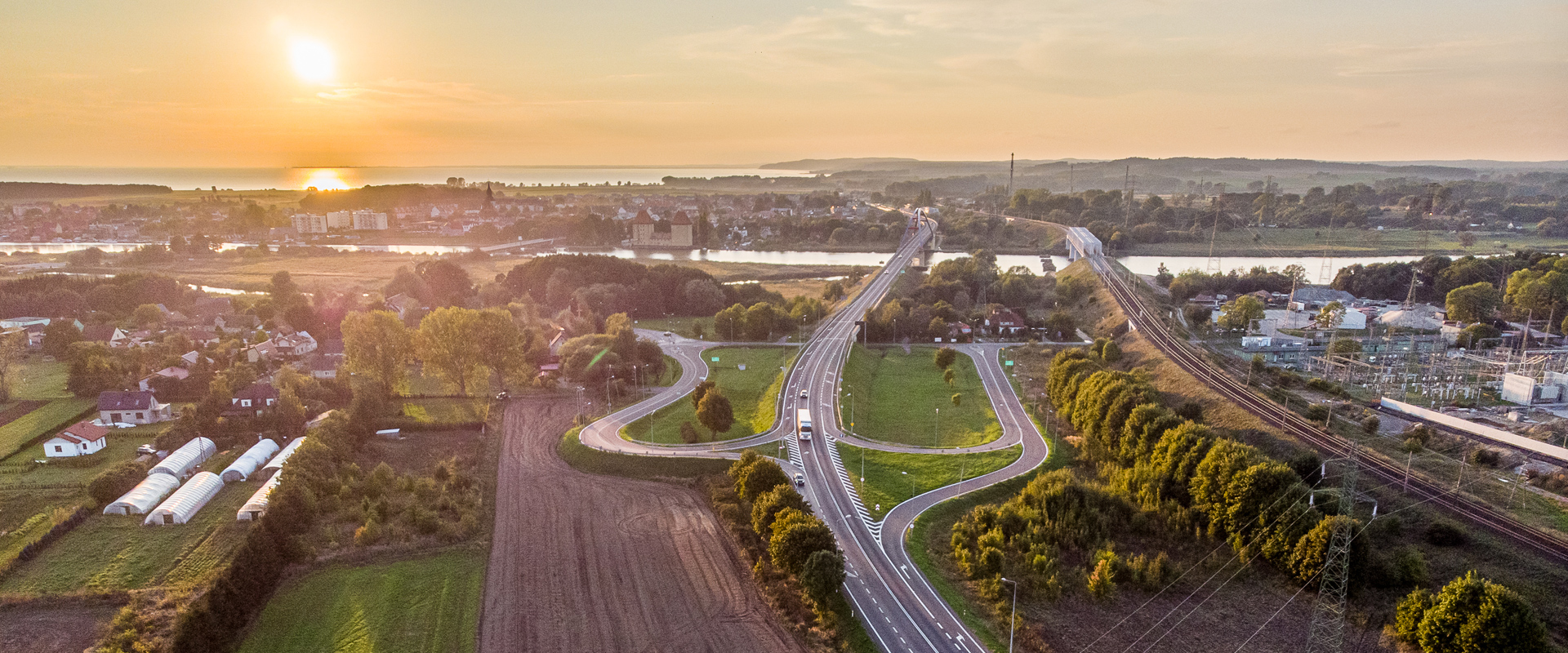PSE’s values
Defined values of our company give rise to ideas which at the same time are guidelines for conduct for all employees of our organization. These include: modernity, professionalism, partnership, development, openness. Acting in accordance with these ideas allows to work calmly and effectively and to grow professionally and personally in an uninterrupted manner.

Challenges and strategic objectives of PSE
For the next ten years, PSE has identified 6 major challenges facing the operator:



cost
neutrality
Export
acceptance
complexity
change
Transformation cost
The electricity transition in the current model of the European electricity market, where large price zones are treated as a copper plate, where only electricity is traded in the market, and where wind and solar are preferred among non-carbon sources, will put pressure on transmission system operators, including PSE, to bear more risks and costs.
-
Increase in the share of non-tariff revenuesPSE is developing new branches of non-tariff services while maintaining the required service quality of the core business.
-
Integration with RCCs within the SOR based on reservation and verification of RCC functionsPSE's operation is aimed at regionalizing key operator processes and transferring selected ones to regional coordination centers (RCCs).
-
Improving the accuracy of tariffsPSE is working on optimizing the process of planning and forecasting volumes necessary to develop the company's tariff for the next period.
-
Improving the accuracy of budgetsPSE is working to assign budgets to processes (activities and tasks) and projects.
-
Maintaining the churn rate at a negligible levelPSE seeks to calculate transmission fees for large customers in the transmission grid that reflect the actual costs of providing services to those customers, taking into account the costs of energy transmission and necessary system services.
Climate neutrality
The currently promoted concept of climate neutrality moves away from technology neutrality toward a preference for two types of renewable energy sources: wind farms and photovoltaics, which over time are assumed to be complemented by hydrogen and chemical battery storage. The preferred types of RES will be dispersed and characterized by variability of generation depending on weather conditions, which will result in growing uncertainty as to the level of generation in the transmission grid and distribution networks.
-
Implementation of the Transmission Network Development PlanThe implementation of the baseline scenario for the transmission grid development takes into account the basic requirements and challenges facing the NPS.
-
Creating balancing mechanisms and system services to support the transition to a low-carbon electric power industryAs conventional sources decline, the system must be much more flexible to accommodate RES generation.
Import/Eksport
The increasing costs of purchasing carbon emission allowances, the increasing share of zero-variable-cost units, and the surplus of renewable electricity generation in neighboring countries have led to a situation where the utilization rate of fossil-fueled generation capacities is declining. For this reason, aging and successively phased out domestic generating units are not fully replaced by new sources that would allow them to meet the power and energy demand of the NPS on their own in the future.
The possible division of the market into price zones (as well as the possibility of dividing spheres into smaller spheres) raises legitimate concerns about domestic generating units and their competition within zones for energy market access and interconnection capacities.
It will be a major challenge for PSE to develop its cooperation with neighboring countries in such a way as to ensure the security of system operation in a situation where balancing cannot be achieved with the use of domestic sources alone, and it will not lead to excessive development of the grid and cross-border connections, the role of which may decrease in time.
-
Ensuring compliance with CEP70PSE will make inter-area capacity available at the maximum allowable level due to the need to maintain the required reliability and quality parameters of power system operation, while implementing tools to comply with the requirements of Regulation 2019/943.
-
Ensuring the accuracy of schedulesPSE will implement a methodology for managing the company's human resources and handling a portfolio of investment initiatives to improve their use in the investment process, managing investment risks and their mitigation plans.
Social acceptance
New infrastructure investments are becoming more challenging due to increasing public involvement caused by a lack of acceptance of investment projects or a lack of acceptance of the way the investment projects are implemented.
Therefore, a challenge for PSE is to carry out effective actions aimed at increasing social acceptance for investments in transmission infrastructure among local communities while guaranteeing reliable operation and development of the NPS.
-
Regulation of legal status of infrastructurePSE, taking care to regulate the legal status of real properties under its infrastructure, intends to ensure participation of property owners in benefits resulting from locating the infrastructure.
-
Optimization of capital expendituresThe Company strives to manage its finances so that funds are spent optimally at each stage of investment.
Excessive complexity
European regulations impose a number of new legal requirements on TSOs, deeply interfering in the operator processes realized both at the EU level and at the regional or national level.
The new requirements are aimed at increasing the utilization of the transmission infrastructure and thereby reducing safety margins.
The system is much more likely to be operating at its limits. This approach obviously increases its vulnerability to external threats, including cyber-attacks. Their likelihood is high due to the far-reaching digitization and automation of these processes.
-
Accounting for uncertainty in planningThe Company intends to improve the efficiency of the system planning process by implementation of probabilistic tools.
-
Accounting for criticalityPSE is taking steps to develop computational methods whose main task will be to identify the "weakest links" of the NPS.
-
Provision of internal back-upu for outsourced functionsNew EU regulations are aimed at increasing coordination among TSOs by regionalizing key operator processes and transferring them to regional coordination centers.
-
Reduction of incident management timeThe Company ensures maximum quality of service to electricity consumers, including, most importantly, system resilience to disturbances.
Generational change
The labor market is witnessing a generational change that is having a huge impact on how companies operate and how they approach hiring. Representatives of the youngest age group present different attitudes and expectations towards work than older generations of workers. In addition, the labor market has become an employee market, which is also confirmed by the demographic changes occurring in Poland.
- Effective talent management - securing qualified and prepared successors for all key positions.
- Changes in incentive systems - in attracting employees, as important as the amount of remuneration is the work atmosphere or development opportunities.
- Managing multi-generational teams - diversity management policies should take into account increasingly diversified workforces, also in terms of age.
- New technologies - making the work environment more flexible, offering employees a greater sense of freedom while increasing efficiency and providing communication free from the traditional constraints of time and location.
- Work-life balance – work should enable reconciliation of professional and private life, which can be done, for example, by providing flexible working hours or remote working.
- Employer branding – younger generation employees are guided in their career choices by the image of the organization, hence the need for appropriate employer brand management.
-
Implementation of a competency model and competitiveness of salariesThe competency model will be the basis and guidepost for new skills and behaviors for employees to assume the responsibilities of their current roles and expected roles.
-
Building the knowledge-based organizationPSE initiates changes in organizational culture - improving the operating model, changing management systems and practices, and promoting an attitude of openness to change and innovation.
